
As the summer season is coming to an end, it’s about time you start planning a proper garden cleanup for a healthier spring in the coming year. As the weather gets cold, a well-planned garden cleanup in September will keep your garden tidy and set the stage for a healthy and flourishing garden in springtime.
Why September Garden Cleanup is Important

September is vital for cleaning up and preparing your garden for a new season. Removing leaf litter, clearing debris, and planning for the next season can help prevent disease and pests. This is highly recommended as it promotes healthy plant growth the following year.
Get the Tools Needed

Start by gathering tools such as pruners, rakes, gloves, leaf bags, compost bins, trowels, and a wheelbarrow. With these tools, you’ll have all you need to clean up your garden for spring. Ensure you sharpen and clean all the tools before starting to ensure effective work and prevent plant disease.
Clear Out Dead Plants and Debris

Remove dead plants, vegetables, or fallen leaves to prevent pests and diseases from overwintering. You can compost the debris of healthy plants but discard anything showing signs of disease. This will ensure you don’t have duff and debris lying in your garden.
Weed the Garden Thoroughly
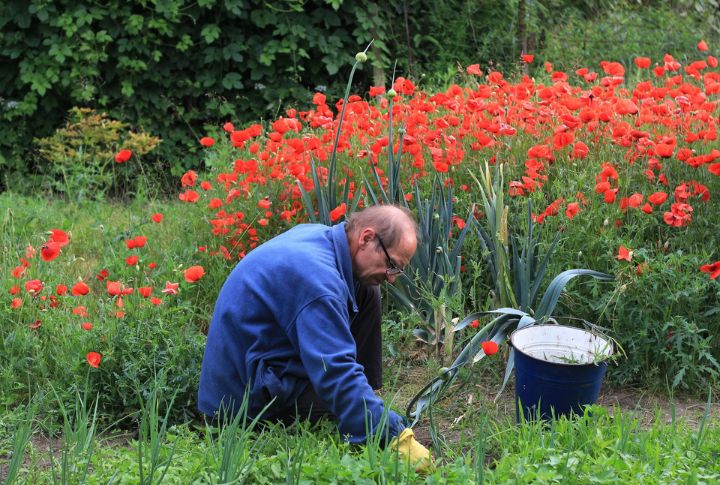
Spend time removing weeds that may have grown over the summer. September is the perfect time to prevent them from spreading and taking root before winter. Use mulch or landscape fabric after weeding to keep the garden tidy.
Prune Perennials and Shrubs

For a proper garden cleaning process, you must take care of perennials and shrubs and cut those that need trimming. Focus on removing spent blooms and any dead or diseased branches. Avoid pruning spring-flowering plants, as you may cut off next year’s buds.
Divide Overgrown Perennials

When perennials overgrow in your garden, they can overcrowd the entire garden. So, early fall is an ideal time to divide perennials like hostas, daylilies, and irises. It will prevent overcrowding and encourage healthier growth. Water thoroughly after replanting divisions to help them establish before winter.
Mulch for Protection
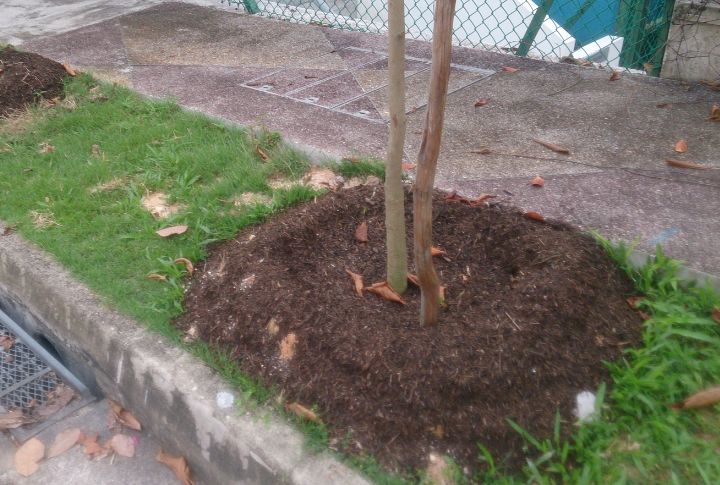
You should freshen the layer of mulch around plants, trees, and shrubs to insulate the soil and roots during winter. Organic mulch, like wood chips or straw, nourishes the soil as it decomposes. Aside from the protection it offers, mulching is a key step in preparing the garden for plants to flourish.
Clean and Store Garden Accessories
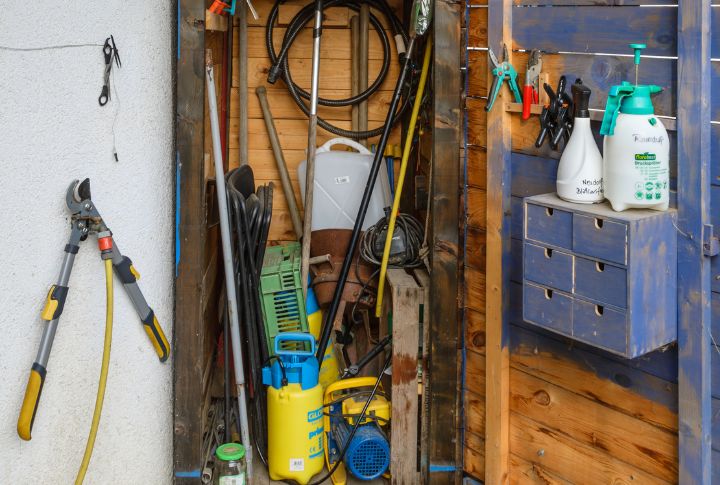
Spend time cleaning garden ornaments, trellises, and tools. Store those things that won’t withstand the cold weather indoors to prolong their lifespan. Also, clean bird feeders and bird baths and store them away for the winter season. That way, you can keep garden accessories in good shape.
Prepare Your Lawn

Rake leaves, aerate the soil, and apply fall fertilizer to prepare your lawn for winter. This keeps it healthy and ready for spring growth. Consider overseeding patchy areas to encourage thick growth in the spring. Preparing the lawn is necessary to ensure plants grow properly during the springtime.
Plant Fall Bulbs
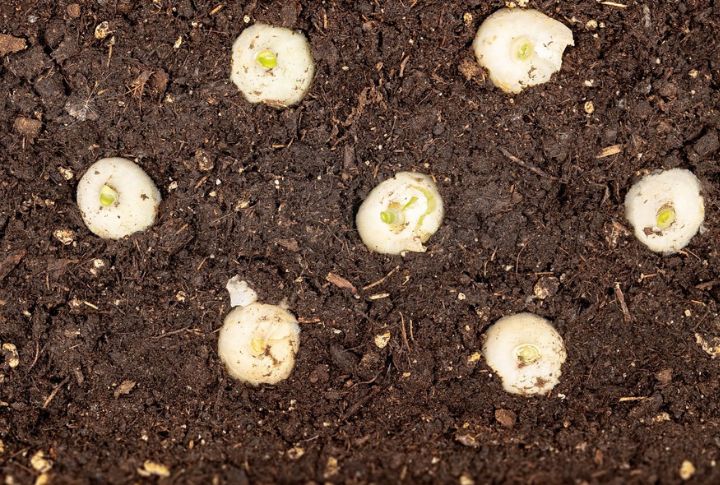
Before planting bulbs, ensure the soil is properly drained. It would help if you planted bulbs like tulips, daffodils, and crocuses. September is the perfect time to plant your bulbs so they will bloom in springtime. Meanwhile, remember to plant them at the recommended depth for the variety.
Harvest Late-Season Crops
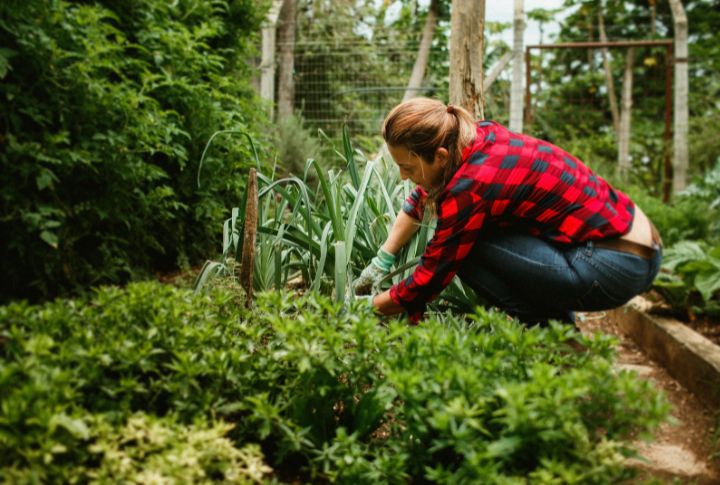
When prepping your vegetable garden, late-season crops like squash, pumpkins, and tomatoes should be harvested. After harvesting, clear the beds and prepare the soil for winter cover crops or mulch. This process will ensure that late-season crops don’t occupy your garden’s space.
Composting for Next Season
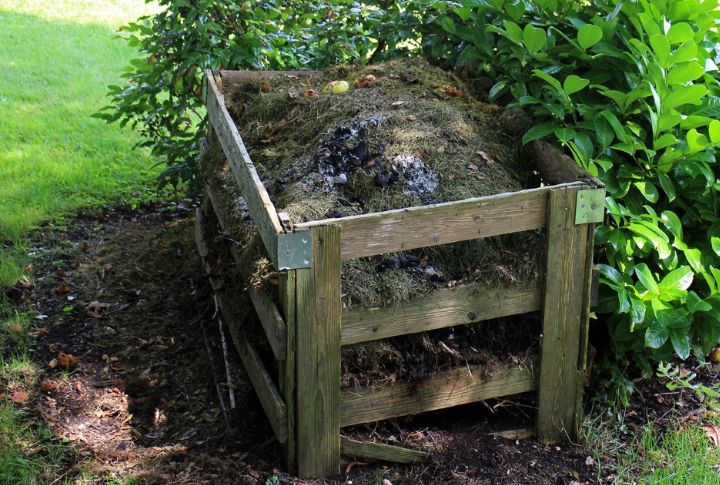
The garden produces a lot of waste, so gather it in a pile and decompose it before the following season. Start a compost pile with garden waste, leaves, and kitchen scraps. Composting in the fall creates rich soil for the coming year’s planting. Turn your compost regularly to help it decompose faster.
Inspect and Prepare Garden Beds for Winter

Remove stakes, trellises, and dead plants from garden beds. Level the soil and consider planting cover crops like clover to prevent erosion. Cover beds with burlap or plastic to protect them from harsh winter conditions. Inspecting the garden beds is necessary to ensure plants can handle the cold winter weather.
Watering Before Winter
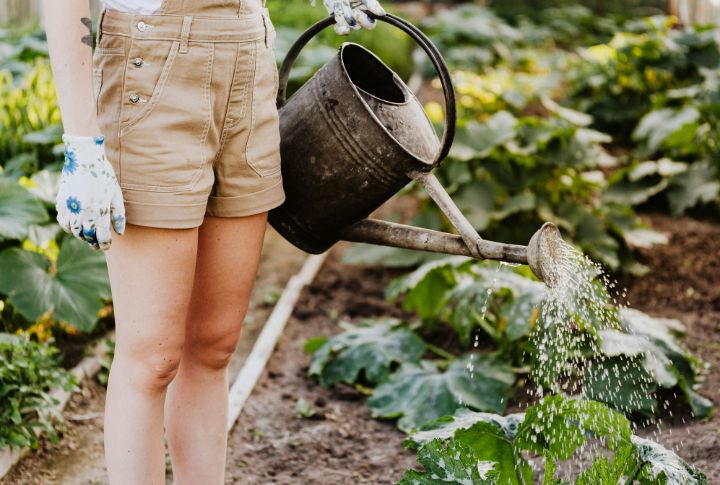
Deeply water your garden, trees, and shrubs before winter arrives. Watering ensures the roots have enough moisture to last through the colder months, especially if the ground freezes. Focus on newly planted trees and perennials, as they are more vulnerable to drought stress during winter.
Maintaining a Healthy Garden

A thorough September garden cleanup ensures a healthy and beautiful garden in spring. With the proper planning, you’ll protect your plants and soil, reduce future maintenance, and enjoy a fresh start next growing season. If you follow each of the steps discussed, this will be an easy process.

